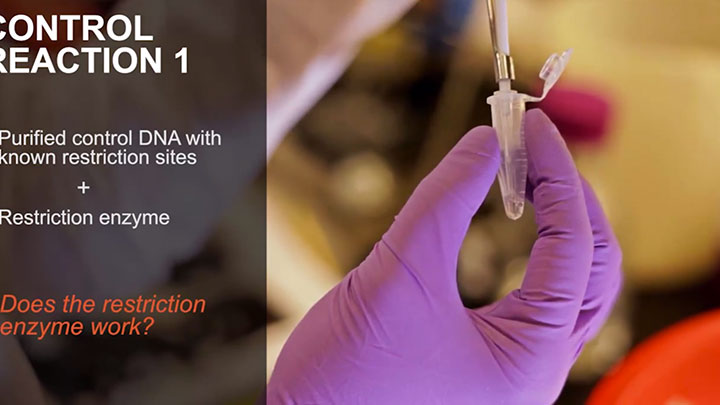Note: As a general rule and for enzymes not listed below, 6 base pairs should be added on on either side of the recognition site to cleave efficiently. The extra bases should be chosen so that palindromes and primer dimers are not formed. In most cases there is no requirement for specific bases.
Note: You may download the previous tables, which use a different methodology here:
Cleavage Close to the End of DNA Fragments (oligonucleotides) and
Cleavage Close to the End of DNA Fragments (linearized vector)




